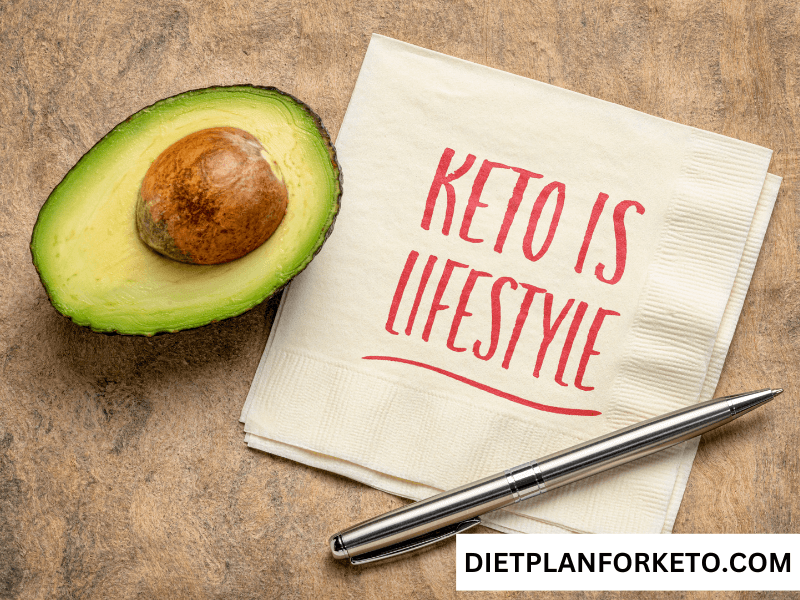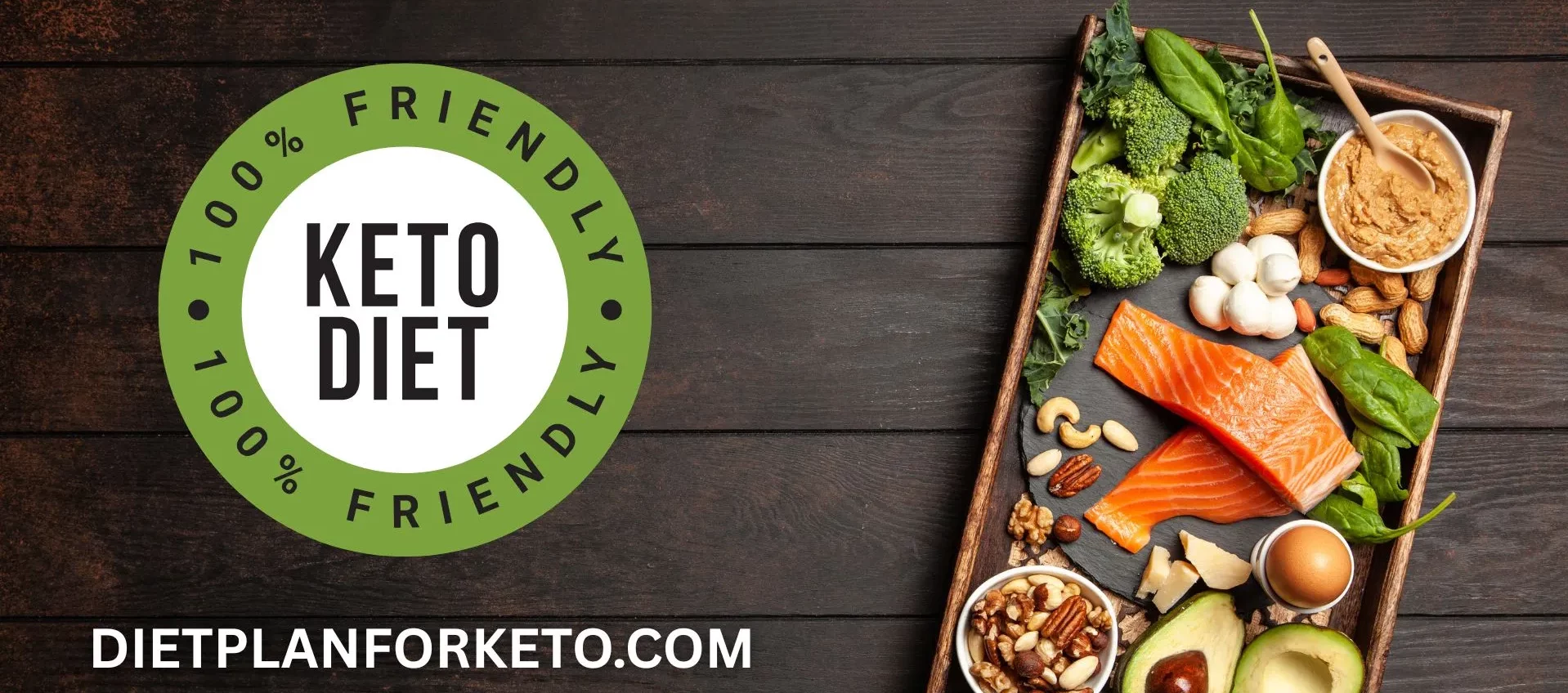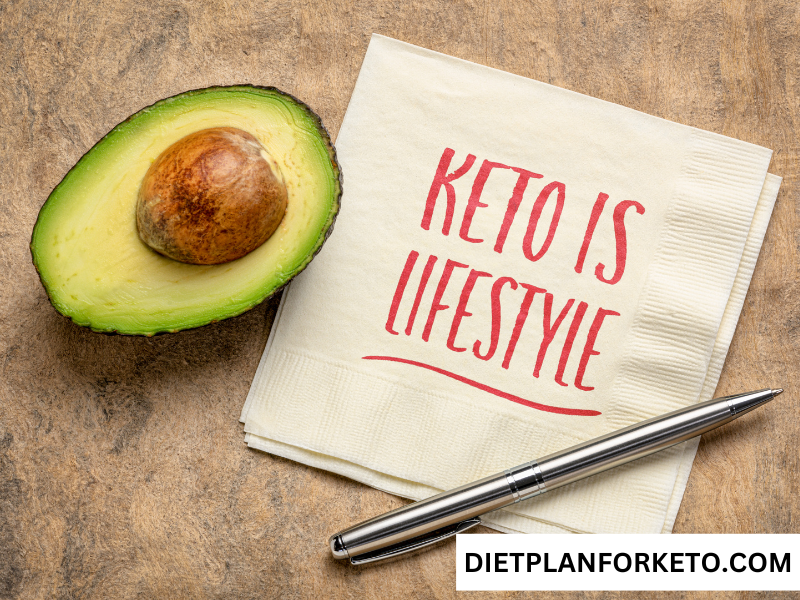Looking to embrace the keto lifestyle while still enjoying creamy, delicious dairy? You’re in the right place.
In this in-depth guide, we’ll explore the best keto-friendly dairy products that can help fuel your body with healthy fats, keep your carbs low, and satisfy your cravings — all without sabotaging your progress.
Whether you’re just starting keto or looking to refine your dairy choices, this guide is packed with practical insights, real-world examples, and tips you can start using today.
Table of Contents
- What Makes Dairy Keto-Friendly?
- Top 10 Best Keto-Friendly Dairy Products
- How to Read Dairy Labels on Keto
- Tips for Choosing High-Quality Keto Dairy
- What to Avoid: Dairy Products Too High in Carbs
- How to Incorporate Dairy into Your Keto Meals
- Dairy and Lactose Intolerance: What You Need to Know
- Pros and Cons of Dairy on Keto
- Real-World Tips and Success Stories
- Conclusion
1. What Makes Dairy Keto-Friendly?
For a dairy product to be keto-friendly, it must be:
- Low in carbs, particularly net carbs
- High in healthy fats (especially saturated and monounsaturated fats)
- Free of added sugars and unnecessary additives
The keto diet typically allows 20–50 grams of net carbs per day, so it’s crucial to choose dairy options that won’t eat up your carb budget. Think: full-fat, minimally processed, and as natural as possible.
2. Top 10 Best Keto-Friendly Dairy Products
Let’s explore the best dairy options to keep your keto goals on track:
1. Heavy Whipping Cream
- Carbs per tablespoon: <1g
- Why it’s great: Rich in fat and low in carbs, it’s ideal for coffee, sauces, and desserts.
Pro Tip: Add it to scrambled eggs for an ultra-creamy texture.
2. Cheddar Cheese
- Carbs per ounce: 0.4g
- Why it’s great: Aged cheeses like cheddar are nearly carb-free and packed with flavor.
Use it for: Snacking, omelets, or low-carb nachos with pork rinds.
3. Cream Cheese
- Carbs per tablespoon: 0.8g
- Why it’s great: Versatile and smooth, perfect for fat bombs and keto cheesecakes.
Watch out: Go for full-fat, not reduced-fat versions.
4. Greek Yogurt (Full-Fat, Unsweetened)
- Carbs per 5.3 oz: 5–6g
- Why it’s great: Offers probiotics and protein, but keep portions in check.
Top it with: Chia seeds and stevia-sweetened berries for a keto parfait.
5. Mozzarella (Whole Milk)
- Carbs per ounce: 0.6g
- Why it’s great: Mild and melty, great for keto pizzas or zucchini lasagna.
Try this: Use mozzarella as a base for cheese “tortillas.”
6. Parmesan Cheese
- Carbs per tablespoon (grated): 0.2g
- Why it’s great: Intensely flavorful and shelf-stable.
Hack: Sprinkle over steamed broccoli for a cheesy keto side dish.
7. Butter
- Carbs per tablespoon: 0g
- Why it’s great: Pure fat, ideal for cooking and bulletproof coffee.
Best choice: Grass-fed varieties like Kerrygold for omega-3s.
8. Ghee (Clarified Butter)
- Carbs per tablespoon: 0g
- Why it’s great: Lactose-free and shelf-stable with a nutty flavor.
Pro Tip: Perfect for high-heat cooking.
9. Sour Cream (Full-Fat)
- Carbs per tablespoon: ~1g
- Why it’s great: Creamy and tangy, great for dips and taco bowls.
Use this: Blend with avocado and lime for a simple keto dressing.
10. Cottage Cheese (Full-Fat)
- Carbs per ½ cup: 3–5g
- Why it’s great: High in protein and filling.
Watch out: Avoid low-fat versions with added sugars.

3. How to Read Dairy Labels on Keto
Always check for:
- Total carbs vs. net carbs (subtract fiber and sugar alcohols if present)
- Added sugars (avoid anything that lists “sugar,” “corn syrup,” or “honey”)
- Serving sizes (sneaky small sizes can trick you)
Look for “full-fat” or “whole milk” as a general rule—low-fat often means added sugar or starches.
4. Tips for Choosing High-Quality Keto Dairy
To get the most health benefits from your dairy:
- Opt for organic or grass-fed when possible.
- Avoid processed “diet” dairy products with added carbs or fillers.
- Consider fermentation — yogurt and kefir can offer gut-health benefits.
5. What to Avoid: Dairy Products Too High in Carbs
Some dairy products are better left off your keto plate:
| Dairy Product | Carbs per Serving | Why to Avoid |
|---|---|---|
| Flavored Yogurt | 15–30g | Often packed with sugar |
| Skim Milk | 12g per cup | Lacks fat and high in lactose |
| Processed Cheese Slices | 2–4g per slice | Additives, starches, hidden sugars |
| Coffee Creamers | 5–10g per tbsp | Loaded with sugars and thickeners |
| Ice Cream (non-keto) | 20–40g per ½ cup | Obvious sugar bomb |
6. How to Incorporate Dairy into Your Keto Meals
Some practical ideas:
- Breakfast: Scramble eggs in butter and top with cheese.
- Lunch: Make a lettuce wrap with cheddar and sour cream.
- Dinner: Bake chicken with a cream cheese and spinach filling.
- Snacks: Enjoy cottage cheese with a sprinkle of cinnamon.
For more inspiration, check out a detailed blog post on Keto Meal Planning for Dairy Lovers — it’s packed with weekly meal ideas.
7. Dairy and Lactose Intolerance: What You Need to Know
If you’re lactose intolerant or sensitive:
- Stick to aged cheeses (like parmesan or cheddar) — they’re low in lactose.
- Use ghee or lactose-free butter for cooking.
- Try coconut or almond-based dairy substitutes for recipes that call for milk.
You don’t have to give up dairy entirely—just choose wisely and test your tolerance.
8. Pros and Cons of Dairy on Keto
Pros:
- High in fat, low in carbs
- Great source of calcium and vitamins
- Convenient and satisfying
- Helps create variety in meals
Cons:
- Can cause inflammation or bloating in some people
- Easy to overeat due to flavor and texture
- Hidden sugars in flavored or low-fat options
- Not suitable for those with lactose intolerance
9. Real-World Tips and Success Stories
Ashley, 35, lost 40 lbs on keto and says full-fat Greek yogurt with chia seeds is her “go-to breakfast.”
Tom, 42, uses ghee to sauté his veggies every night, saying it helps “avoid the butter bloat” and still adds richness.
Melissa avoids dairy altogether due to intolerance but still enjoys the occasional parmesan sprinkle on zoodles.
Tip: When in doubt, keep it simple: butter, hard cheese, and cream are always safe bets.
10. Conclusion
Keto and dairy can absolutely go hand-in-hand — as long as you’re smart about your choices. Focus on full-fat, low-carb options like hard cheeses, heavy cream, and butter. Avoid sugary imposters like flavored yogurts or diet cheese slices. And always read labels carefully!
Dairy can elevate your keto lifestyle — providing richness, flavor, and essential nutrients — but it’s not for everyone. Listen to your body, monitor your carb intake, and enjoy the creamy goodness guilt-free.
Want more meal tips and product ideas? There’s a valuable guide on how to stock your keto fridge and pantry that complements this post perfectly.

